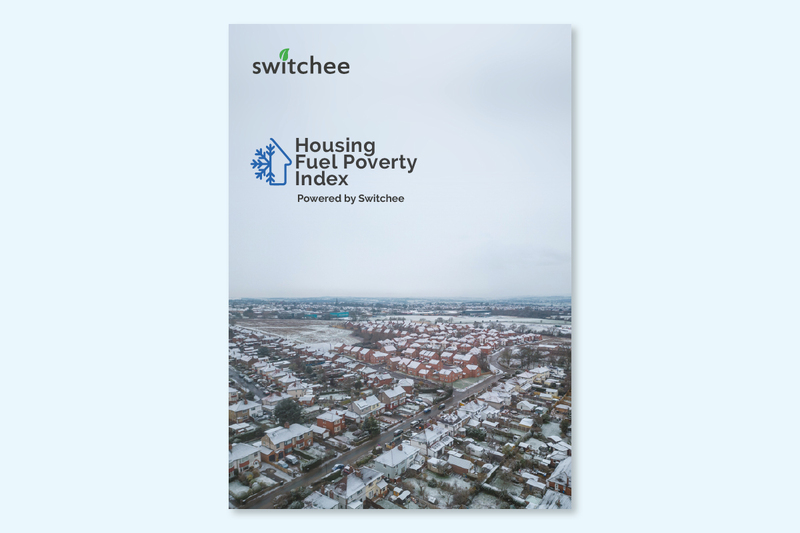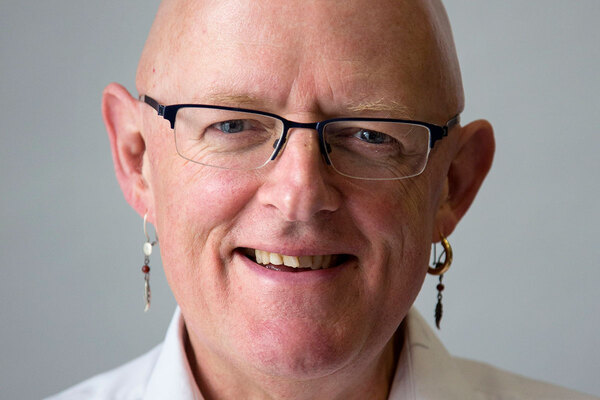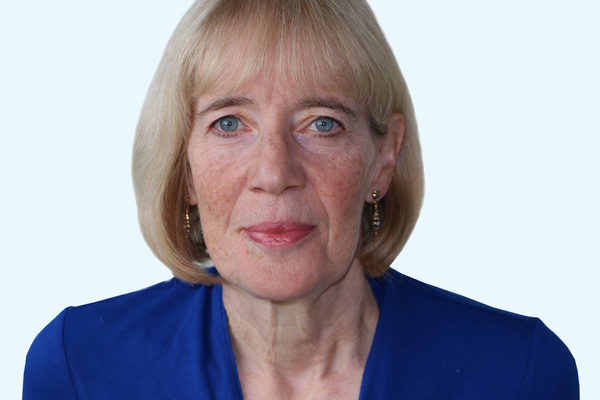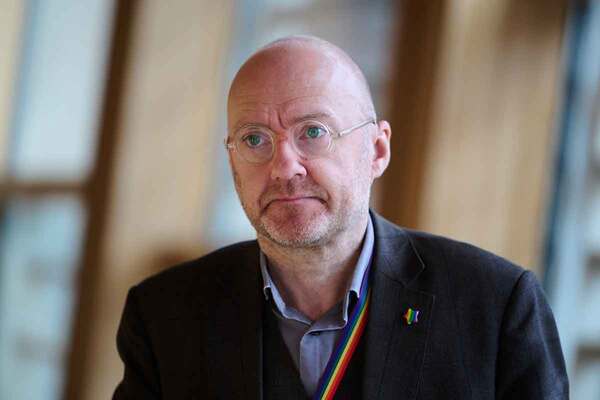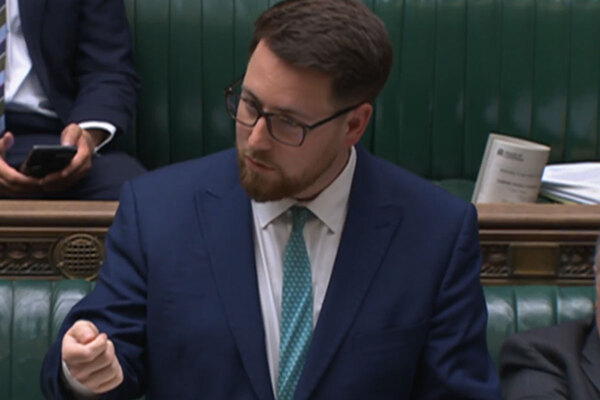The numbers behind fuel poverty in the UK
Switchee’s new model shows the number of social households underheating their homes across the UK in real time, during 2022 and 2023. Inside Housing looks into the figures
In association with:
![]()
As the cost of living crisis in the UK stretches into a third winter, fuel poverty remains a concern for millions of people living in the social rented sector, as well as their landlords. The latest increase in the energy price cap, which came into force at the start of the year and will see average household bills increase by £94 annually, is set to make the situation worse for those on the brink of falling into fuel poverty.
There are a number of different definitions of fuel poverty, which can make it difficult to get an accurate gauge on the true extent of the problem across the country. A household is sometimes defined as being fuel poor if it spends at least 10% of its income on energy to heat the home to a reasonable standard. According to this metric, the government estimates that up to 8.8 million households in England could be classed as having been in fuel poverty in 2023.
Up-to-date data
However, this way of defining fuel poverty can provide data which is months out of date. Switchee, which provides smart thermostats and live data analytics tools to help social landlords bring down heating bills for tenants, has developed a Housing Fuel Poverty Index to track fuel poverty in real time. The index shows the proportion of social rented homes in the UK that failed to reach a temperature of 18°C in any of the previous seven days. Using this definition, last winter, one in eight social homes were in fuel poverty on an average day. This equates to 640,000 homes and 1.7 million people. Switchee estimates that this could have resulted in more than 16,000 additional hospital admissions.
In the first of a series of quarterly reports, Inside Housing has worked with data from the Switchee index to give a picture of fuel poverty across the country and to drill down into the regions where it is hitting hardest.
Overall, this autumn and the start of winter are better than last year. Across the UK between 1 September and 11 December 2023 (the last date for which data is available), an average of 4.08% of social homes were in fuel poverty (around one in 25). This compares with an average of 4.94% for the same period last year.
Ben Morris, data lead at Switchee, says: “This winter has been mild, and with fuel poverty levels still 26% above winter 2021-22, this suggests a new normal in the level of fuel poverty prevalence in UK social housing.”
640k
Social homes in fuel poverty on an average day last winter
1.7m
Social housing residents in fuel poverty on an average day last winter
4.08%
Average homes in fuel poverty in UK between 1 September and 11 December 2023
17.42%
Welsh households in fuel poverty from 1-11 December 2023
In England, the North East experienced the worst fuel poverty this autumn and winter. Since September, an average of 6.11% of homes were in fuel poverty, compared to 6.56% in 2022. Since the start of December, that figure rises to 15.14%, although that is significantly down on last winter when 21.4% of households were in fuel poverty. To compare, in Greater London, the figures are 2.56% since September and 7.37% in the first 11 days of December.
Welsh social households are more likely to be in fuel poverty. From 1-11 December, 17.42% failed to achieve 18°C the previous week, with that figure at 6.29% since the start of September. In Scotland, 4.06% of social homes were in fuel poverty on any given day between the start of September and 11 December, while in December the average was 8.87%.
Mr Morris says: “We haven’t yet seen the full impact of the January energy price cap rise, and with energy debt now at record levels, significant concern still exists for the remainder of this winter.”
